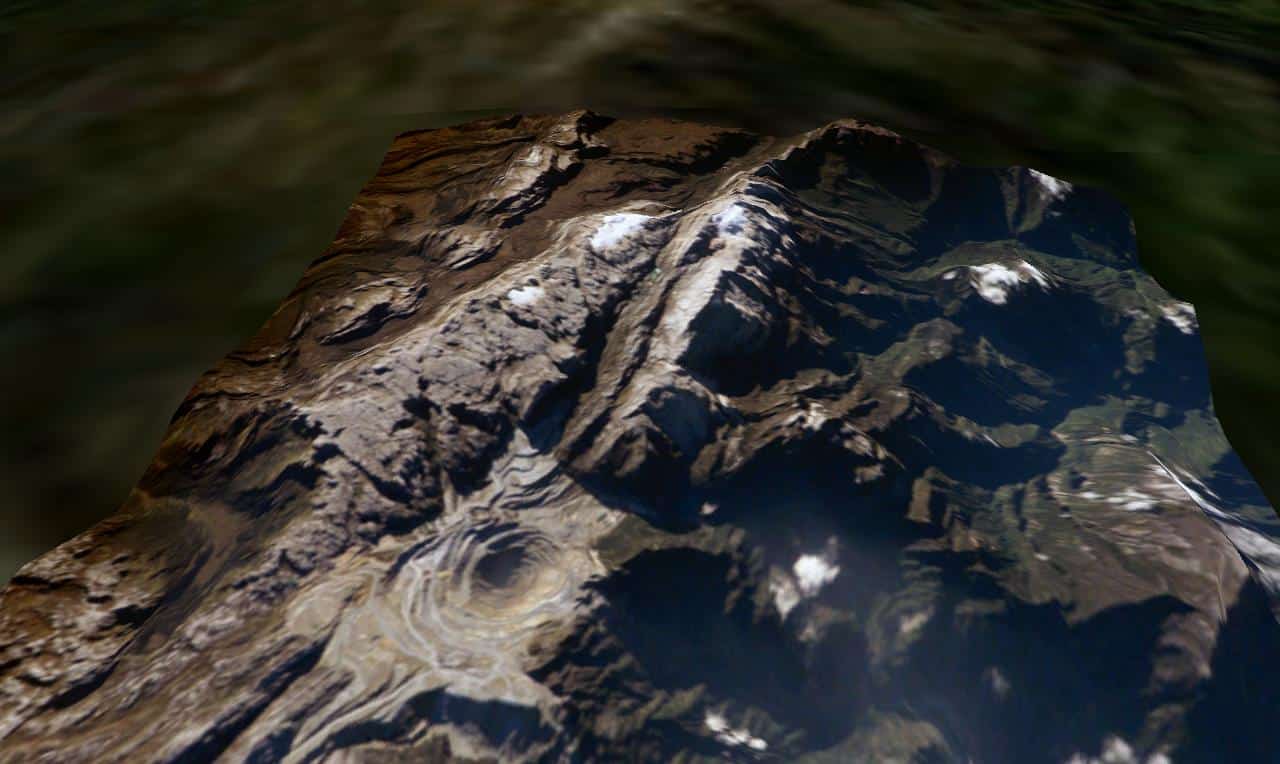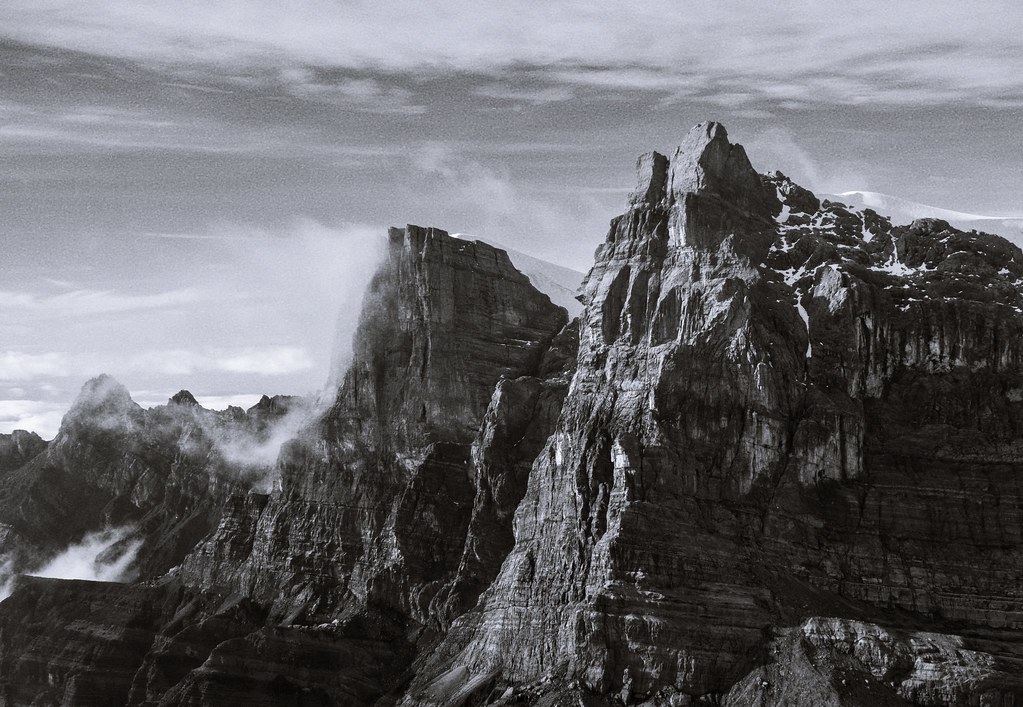Puncak Jaya: Conquering the Highest Mountain in Indonesia
Rising proudly above the lush jungles of Papua, Indonesia, Puncak Jaya is a natural marvel and the highest peak in both Indonesia and Oceania. Standing at an impressive 4,884 meters (16,024 feet) above sea level, this majestic mountain holds a special place in the world of mountaineering. Known also as the Carstensz Pyramid, it forms part of the prestigious Seven Summits, a collection of the highest peaks on each continent that beckons climbers from across the globe.
Located in the remote Sudirman Range of Papua, Puncak Jaya offers not just a physical challenge but also a cultural and ecological immersion. For adventurers, geologists, and cultural enthusiasts alike, this peak represents the ultimate test of endurance and a gateway to a fascinating and unspoiled part of the world.
1. Understanding Puncak Jaya
Geographical Significance
Puncak Jaya is situated in the rugged Sudirman Range, part of the Jayawijaya Mountains in Papua, Indonesia’s easternmost province. It holds the distinction of being the highest peak not just in Indonesia but also in Oceania, making it the only tropical glacier-clad mountain in the region.
At 4,884 meters (16,024 feet), its towering presence is a magnet for climbers aiming to conquer one of the Seven Summits. What makes it even more unique is its juxtaposition with tropical rainforests below and its snow-capped peaks, offering a surreal experience for those who venture there.
Cultural and Local Importance
The area surrounding Puncak Jaya is home to indigenous tribes such as the Dani and Amungme, who have lived in harmony with the land for centuries. To these communities, the mountain is more than a geological wonder; it is a sacred place woven into their myths and traditions. Visitors have the chance to witness their unique way of life, marked by intricate rituals, traditional dances, and storytelling that preserve their cultural heritage.
Global Recognition
As part of the Seven Summits, Puncak Jaya is a badge of honor for mountaineers. Unlike more accessible peaks in the collection, such as Kilimanjaro, Puncak Jaya remains off the beaten path, requiring advanced skills, technical climbing expertise, and detailed logistical planning. Its remote location and challenging terrain make it one of the least climbed summits in the world, further enhancing its allure.
2. The Journey to Puncak Jaya
Getting There
Reaching Puncak Jaya is an adventure in itself. The journey typically begins with a flight to Timika or Nabire, the nearest cities with airports. From there, travelers arrange transport to the base camp, often requiring helicopters due to the lack of infrastructure in the region.
Permits are mandatory for visiting Papua and climbing Puncak Jaya. These include a surat jalan (travel permit), which can be obtained through Indonesian authorities, as well as permissions for accessing the mountain itself. Climbers are encouraged to work with trusted tour operators who specialize in navigating the complexities of these arrangements.
Climbing Routes
The most popular route to the summit is via the Carstensz Pyramid, a path renowned for its technical demands. Unlike trekking peaks, Puncak Jaya involves scaling steep rock faces and navigating narrow ridges. Climbers must traverse dense rainforests before reaching the base of the mountain, adding another layer of difficulty.
Essential Preparations
Preparing for Puncak Jaya requires rigorous physical and mental conditioning. Climbers should have experience with technical climbing, including rope work and rappelling. High-altitude gear such as crampons, harnesses, and helmets is essential, as are layers of clothing to withstand the tropical humidity at the base and the freezing temperatures at the summit.
Packing essentials also include:
-
Climbing ropes and carabiners.
-
Sturdy, waterproof boots.
-
Hydration systems and high-energy snacks.
-
First-aid kits tailored for high-altitude environments.
3. Exploring the Surrounding Region
Nearby Attractions
Puncak Jaya is not the only wonder in Papua. The region boasts one of the world’s largest gold and copper mines, the Grasberg Mine, which sits close to the mountain. While the mine itself is not open for tours, its impact on the local economy and environment is a topic of fascination for many visitors.
The area also features diverse ecosystems, from rainforests teeming with endemic species to alpine meadows rarely seen by outsiders. Birdwatchers and nature lovers will be captivated by the unique flora and fauna of Papua.
Local Communities
Meeting the Dani and Amungme tribes offers a window into a world far removed from modernity. Their traditional lifestyles, marked by subsistence farming, ceremonial dress, and deep spiritual connections to their land, are a profound reminder of humanity’s roots. Engaging with these communities fosters mutual respect and provides opportunities to learn about their efforts to preserve their heritage in the face of modernization.
Papua’s Natural Beauty
Papua’s landscapes are a testament to Earth’s raw beauty. From sprawling rainforests to jagged peaks carved by glaciers, every corner of the region offers breathtaking views. It is a paradise for photographers, trekkers, and anyone seeking solace in nature.
4. Challenges of Climbing Puncak Jaya
Technical Climbing Skills Required
Unlike other Seven Summits that can be trekked with minimal equipment, Puncak Jaya is a technical climb. Its steep rock walls, sharp ridges, and exposed sections demand expertise in rock climbing and rope techniques. This is not a climb for beginners; climbers must be confident in their skills and comfortable with high-stakes navigation.
Weather Conditions
The weather on Puncak Jaya is highly unpredictable. Climbers must be prepared for tropical downpours during the approach and freezing temperatures at the summit. The combination of heat, rain, and altitude can test even the most seasoned adventurers.
Accessibility Issues
The remoteness of Puncak Jaya poses logistical challenges. With limited infrastructure in Papua, climbers must rely on helicopters or arduous treks to reach the base camp. The need for experienced guides and specialized permits further complicates access, making advance planning essential.
Environmental Concerns
As one of the planet’s most fragile ecosystems, Puncak Jaya faces environmental pressures from mining and tourism. Travelers are encouraged to follow Leave No Trace principles and support conservation initiatives that protect the region’s biodiversity.
5. Why Puncak Jaya Matters to Adventurers
A Bucket-List Achievement
Conquering Puncak Jaya is a dream for mountaineers completing the Seven Summits challenge. Its rarity as a climbing destination makes it a prized accomplishment for those who succeed.
A Testament to Skill and Perseverance
The technical nature of Puncak Jaya’s climb ensures that only the most determined and skilled climbers reach its peak. It’s a journey that tests endurance, focus, and grit, making the reward of standing atop its summit even more meaningful.
Connection to Nature
Few places on Earth offer the untouched wilderness of Papua. Climbing Puncak Jaya allows adventurers to connect with a pristine environment that feels worlds away from the bustle of everyday life.
Frequently Asked Questions (FAQs)
-
What is Puncak Jaya known for?
Puncak Jaya is known as the highest mountain in Indonesia and Oceania and is part of the Seven Summits. -
How difficult is it to climb Puncak Jaya?
The climb is technically demanding, requiring expertise in mountaineering and excellent physical fitness. -
Is Puncak Jaya accessible to tourists?
Yes, but it requires permits, guides, and careful planning due to its remote location and complex terrain. -
What is the best time to climb Puncak Jaya?
The dry season, from March to November, offers the most stable weather conditions for climbing. -
Are there non-climbing activities near Puncak Jaya?
Yes, visitors can explore Papua’s unique biodiversity, learn about local tribal cultures, and visit the Grasberg Mine.
Conclusion: The Adventure of a Lifetime
Puncak Jaya is more than just a mountain; it’s a journey into one of the world’s most remote and awe-inspiring regions. For climbers, it represents a monumental challenge and a crowning achievement in mountaineering. For nature enthusiasts and cultural explorers, it offers an unparalleled glimpse into the beauty and heritage of Papua.
Whether you’re seeking the thrill of a lifetime or a chance to connect with unspoiled wilderness, Puncak Jaya deserves a place on your travel bucket list. Plan your adventure, respect the land, and embrace the spirit of exploration that makes this mountain so extraordinary.


